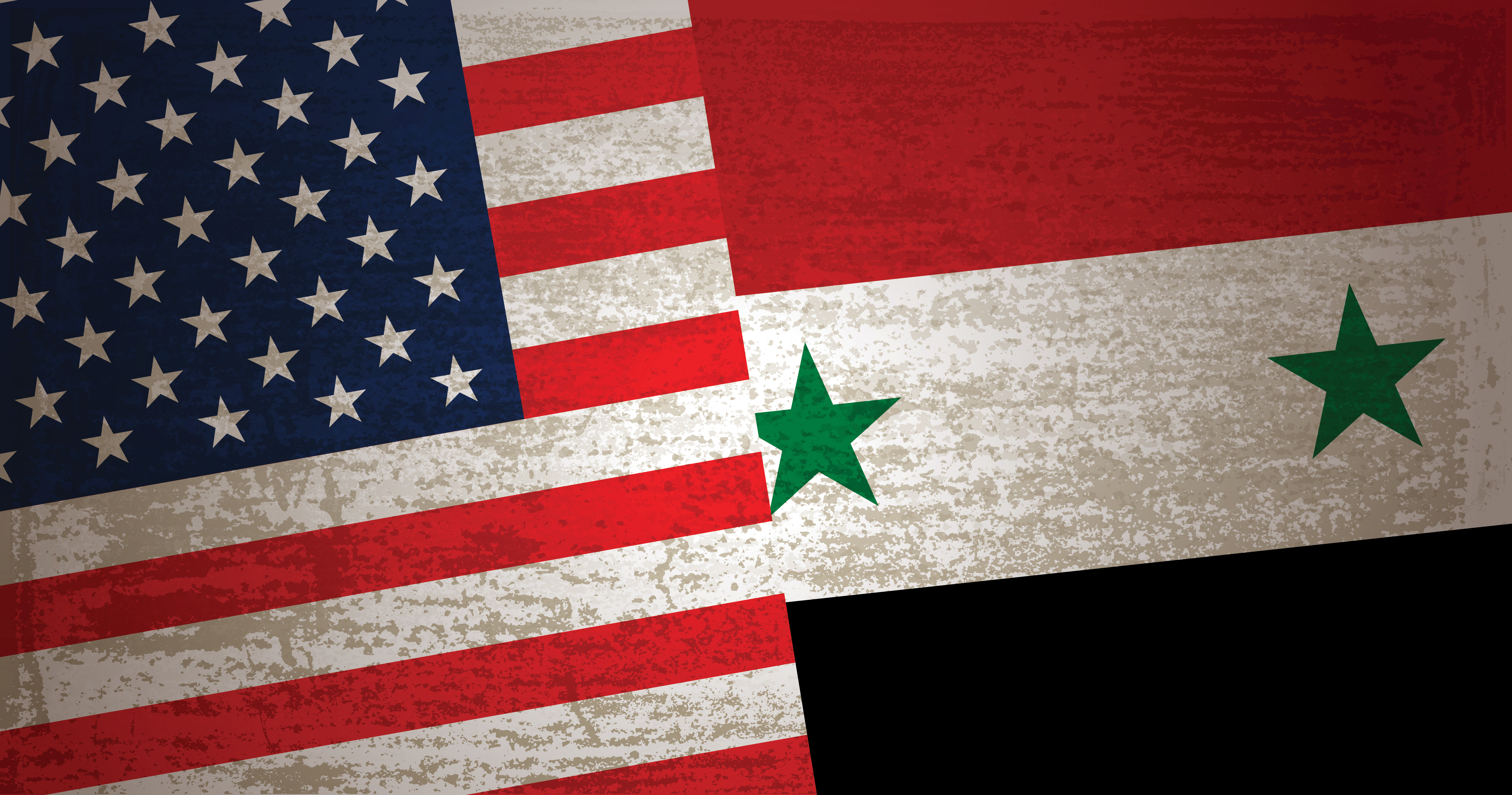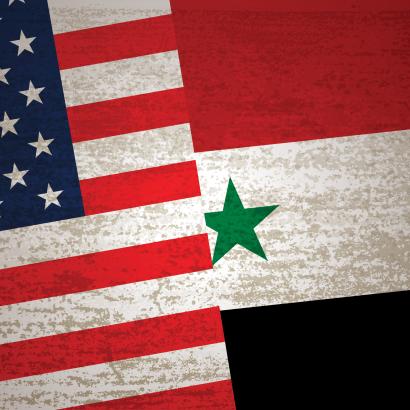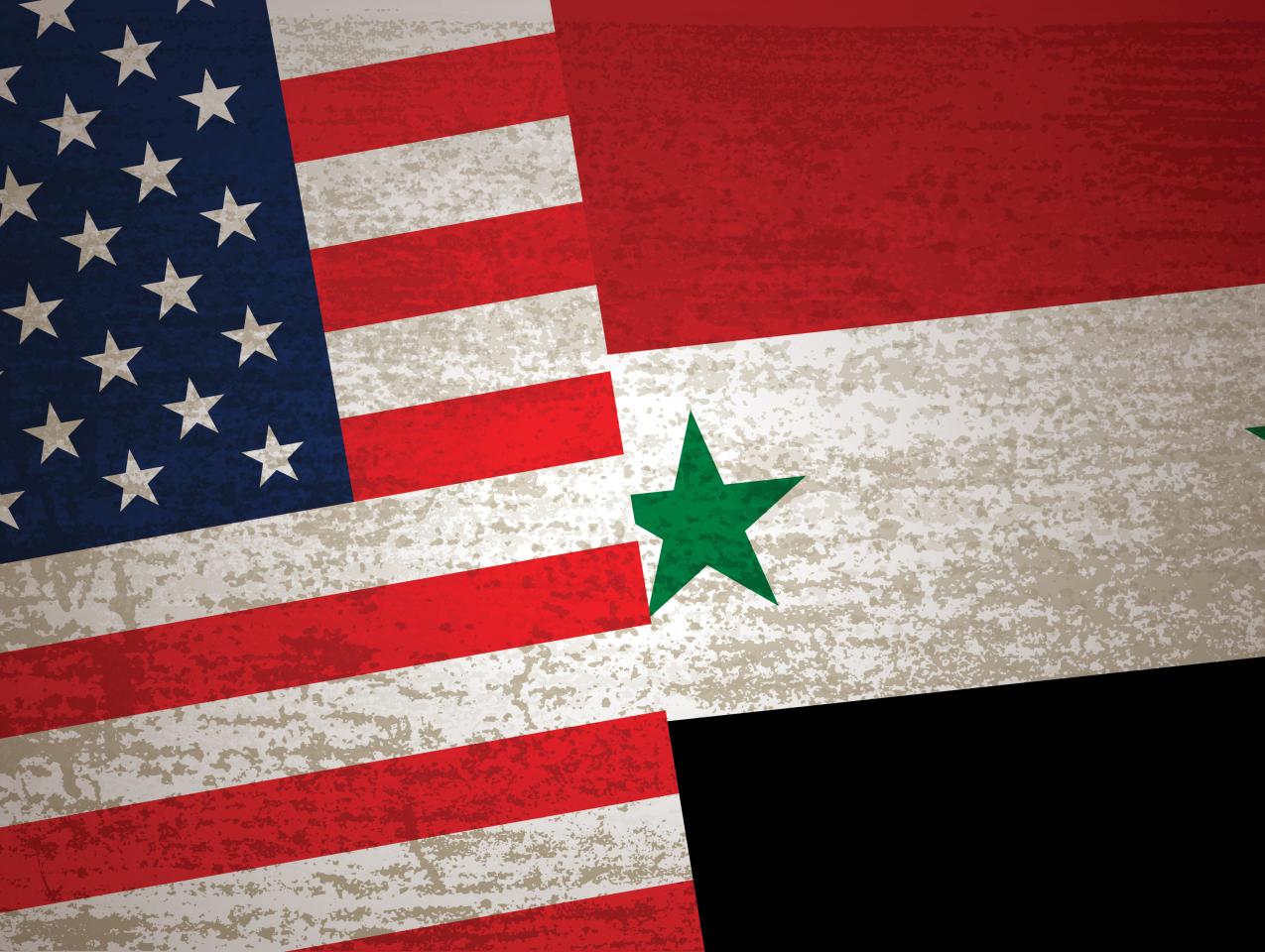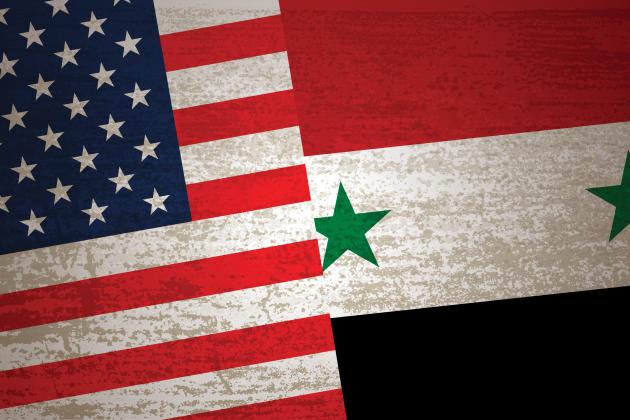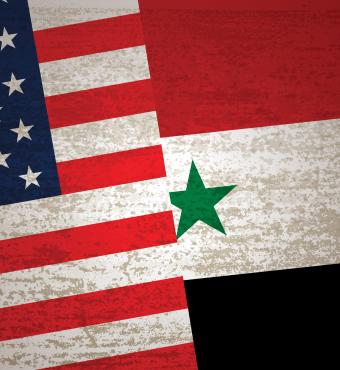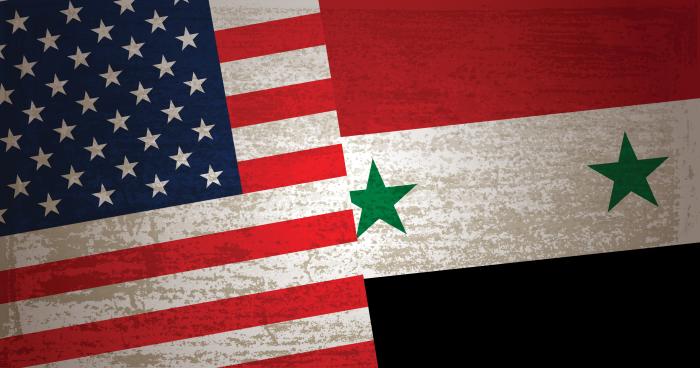- International Affairs
If the Middle East is the graveyard of American foreign policy this century, then Syria has been the ghostly denizen rising repeatedly to torment U.S. policy, from Obama’s 2013 chemical weapons “redline” to Trump’s repeated, wrong-headed efforts to withdraw U.S. forces. It also has seen the most sustained direct Russian and U.S. military tension since the Cold War. Both countries initially intervened for limited objectives: the U.S. to support the opposition in the civil conflict against the brutal Assad regime, and later to combat the Islamic State unleashed by that conflict; the Russians, to back their key regional ally and maintain their sole regional military platform. Eventually, however, the conflict expanded into a question of who would determine the regional security order. There, Russia played consistently and well a weak regional hand with limited military and economic assets, first securing its immediate at-risk Syria goals, and then exploiting Washington’s inconsistency, despite its far superior regional assets and much greater investments in the regional order. Today, however, in the shadow of the Ukraine conflict, Syria likely will become the scene of latent great and regional power competition. To understand where we are now, a glance back at the Syrian conflict should be helpful.
The Three Syrian Wars
From 2011 to roughly 2018, the Syrian conflict expanded into three linked wars. The first was the civil war between the Assad regime and much of its population, mainly with Sunni Arab and to a lesser extent Kurdish Syrians, carried out with much brutality by Assad, with over five hundred thousand killed and half the 24 million population now refugees or internally displaced. The opposition was supported initially by Arab states, Turkey, and the U.S., but now only Turkey supports the armed opposition, and by 2016 with the entry of Russia the regime had clearly avoided defeat.
The second war involves the engagement of five outside states’ forces, Israel, Russia, Iran, Turkey, and the U.S., with goals beyond taking sides in that first, internal war. For Russia, it became advancing an alternative regional security model, possibly even to ‘dethrone’ the U.S. collective security system; for Iran, to advance its own regional vision including another ‘rocket front’ against Israel; for the U.S., to defeat the ISIS terrorist ‘state’; Turkey sought multiple goals, to combat the Kurdish PKK offshoot, the YPG (renamed by the U.S. the Syrian Democratic Forces or SDF), but also to protect its frontiers from ISIS, the Iranians and Assad; finally, for Israel, to contain Iran’s ‘rocket front.’ The presence of these five outside military forces, most of which at some point clashed with others, vastly complicates the Syrian conflict.
The third war is the largely political struggle, centered in Syria, over the regional security structure. Once Iran and Russia had saved the Assad regime, they shifted attention to the larger prize, their somewhat coordinated, somewhat contradictory efforts to rewrite Middle East security with their scripts. The United States, Israel, and Turkey recognized these ambitions, but, generally focused more on their immediate Syria goals, they have been inconsistent in defending their security system which is their primary policy goal. This third war was long the least identified and analyzed, but the Ukraine crisis is changing this.
U.S. Approach Evolves
The Obama administration initially supported the Syrian opposition, including militarily, as part of the administration’s overall embrace of the Arab Spring, but there was no deep commitment to win. The administration soon lost interest, its position highlighted by the ‘red line’ fiasco costing it much credibility, and the shift in priorities to a nuclear deal with Iran and the fight against ISIS. Nevertheless, Secretary Kerry continued pursuing a solution, brow-beating the Russians in December 2015 to accept UNSCR 2254, a classic diplomatic compromise calling for a ceasefire, a new constitution, and the Syrian state’s reconciliation with the opposition. The Russians, once confident of a military victory, then blocked the implementation of 2254. Kerry unsuccessfully sought from President Obama a military response to stymie such a victory and compel the Russians and ultimately Assad to compromise.
For the Trump administration, the initial focus of the Syria policy was to prioritize fighting ISIS and manage tensions with Turkey over Washington’s support to its counter ISIS-ally YPG/SDF. That changed with Secretary Pompeo in mid-2018. By that time the ‘big war’ against ISIS was largely over, and the administration focused on containing Iran, including in Syria, where Iranian rocket deployments had drawn in Israeli airpower. But part of the American bureaucracy still sought to restrict efforts in Syria to containing the ISIS remnants and avoiding confrontation with Assad, Iran and Russia. Pompeo, however, saw Syria increasingly through the prism of that third war, the struggle over whose collective security system would dominate, the traditional American-led one, or the Iranian and Russian alternatives.
Pompeo adopted a new strategy to mobilize the considerable international support, including in the EU, Arab League, Turkey, Israel, the Syrian opposition, SDF, and the UN, for a compromise solution based on 2254. To back that effort, the diplomatic isolation and economic sanctions on Damascus begun by Kerry would be strengthened, but the administration also hammered together a military coalition, which Kerry had sought in vain, to block further Assad military advances. This required enhanced coordination with Turkey, whose occupation of much of northern Syria and support for the armed opposition was essential, along with greater operational support to the Israeli air campaign and continued stationing, at times against President Trump’s instincts, of U.S. forces in Syria, to both contain ISIS and deny terrain to Assad. That was made clear in a series of American encounters with regime, Iranian surrogate, and Russian mercenary forces. This ‘alliance’ was creaky—Israel and Turkey were barely on speaking terms, and the relationship with the latter, America’s ally in areas Ankara controlled in northwest Syria, was complicated, by its opposition to the YPG/SDF and the fact of the American presence in the northeast. But nevertheless it has held.
Present Situation
The result has been a de facto military stalemate from 2018 until the present, with about half the population under Assad’s control, and one-third of the country and much of its agricultural and oil wealth controlled by Turkey, allied opposition forces, and the U.S.-supported SDF. The U.S., with the support of its eclectic coalition, offered the Russians, all the way to a Pompeo-Putin meeting in May 2019, a step by step resolution of the conflict by implementation of 2254. The Russians were not won over, but the Trump administration had a fallback: enough diplomatic and military assets to freeze the conflict, denying Russia and Iran a strategic victory in that ‘third war’ for regional security. While a compromise solution was preferable, the administration considered this fallback sufficiently advantageous to warrant the effort to keep it afloat.
The Biden administration initially downplayed Syria, ending talks with the Russians while focusing on the anti-ISIS effort and humanitarian assistance. This near indifference to the conflict reflected the administration’s broader inconsistencies regarding the Middle East. President Biden entered office emphasizing great power competition with Russia and China, but was unclear on whether this extended to the Middle East. Indeed, Russia’s threatening regional role was largely ignored, and the priority with Iran was the JCPOA nuclear agreement, rather than countering its regional advances.
Still, the U.S. military maintained overall regional force levels, including in Syria. In fact, while Biden’s Syria policy did not have a recognizable overarching policy approach, it continued essentially most of the previous specific policies including isolation of Assad, sanctions, commitment to UNSCR 2254, support for Israeli operations and Turkey in the northwest, and the ceasefires which have frozen the conflict.
The key shift in American regional policy came with the Ukraine war, which brought home the extent of threats to the international order and Washington’s reliance on Arab states and Israel. It thus took Ukraine to convince Washington that, once again, maintaining that order against an outside challenge is job one. These new realities inspired President Biden’s July regional trip, at bottom an initiative to deepen the Trump administration’s Abraham Accords-led effort on a regional anti-Iranian alliance. While the extent of this new American commitment to contain Iran and implicitly Russia is not yet clear, that commitment in practical terms rules out any weakening of the U.S. position in Syria to the advantage of those spoiler states.
Outlook
To sum up, the administration now implicitly accepts the criticality of that “third war” in Syria for the regional security order, and thus is maintaining a frozen conflict marginally in its favor, given low costs and Washington’s distaste for the alternatives. In particular, a negotiated resolution with Moscow as sought by the last two administrations is nigh impossible while the Ukraine war rages. Nevertheless, the current American policy has risks. Various regional states seek rapprochement with Damascus, but Assad’s refusal to compromise with that half of the population which opposes him has so far blocked real movement. More seriously, the “second war” conflicts involving those five outside states could escalate. Four, Israel, Russia, Turkey and Iran, are not satisfied with their gains, and one or more could up the ante. Finally, the wrong incident between any combination of these states, Assad’s forces and the myriad sub-national actors could reignite major fighting. Syria thus remains the most dangerous issue in the region apart from the Iranian nuclear program.







